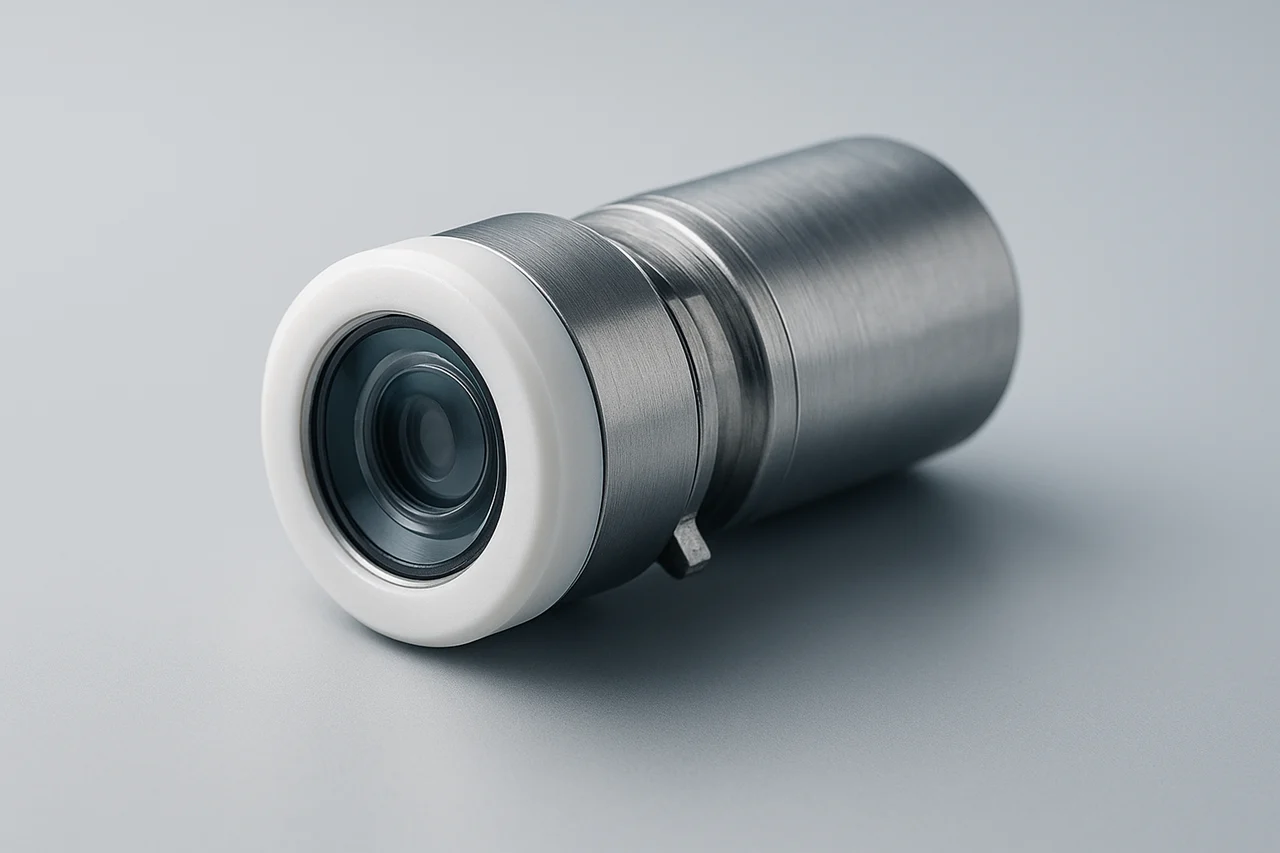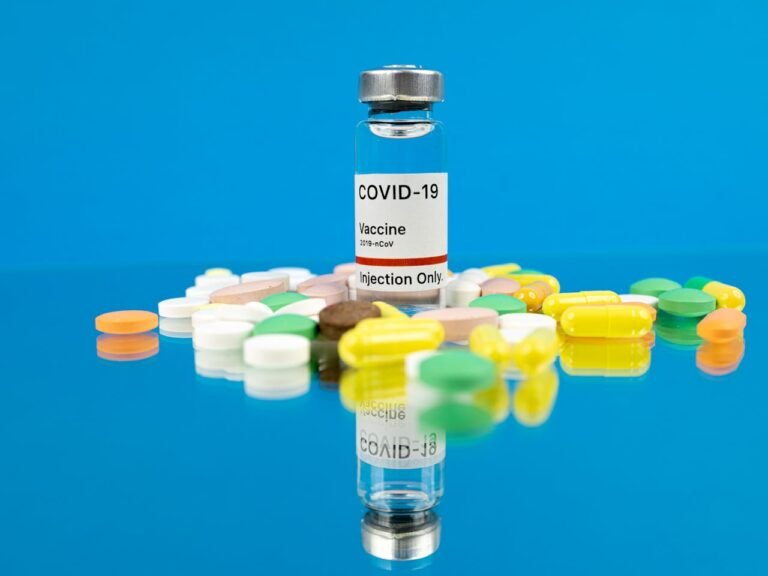Samsara Vision, a company dedicated to restoring vision and independence to patients living with late-stage, age-related macular degeneration (AMD) through advanced visual prosthetic devices, today announced the expansion of its ongoing Concerto clinical study evaluating the investigational Smaller-Incision New-Generation Implantable Miniature Telescope (SING IMT®). The study has added four new clinical sites across the United States and Puerto Rico, increasing access for eligible participants aged 65 and older who are living with advanced AMD.
With the addition of these new locations, the Concerto study now spans thirteen sites across the United States and Puerto Rico. This expansion underscores Samsara Vision’s commitment to generating robust clinical evidence while enabling more patients to participate in a study exploring innovative treatment options for late-stage AMD.
Samsara Vision is also participating in the American Academy of Ophthalmology (AAO) 2025 annual meeting, booth #1803, where the company is engaging directly with ophthalmology providers and investigators. The event offers a platform to share insights on the SING IMT as it is currently approved and available for use in CE referenced countries and to discuss ongoing study progress and clinical findings.
The newly added study sites and their principal investigators are:
- Cincinnati Eye Institute (Cincinnati, OH) – Dr. Michael Snyder
- Georgia Eye Partners (Woodstock, GA) – Dr. Evan Schoenberg
- North Valley Eye Care (Chico, CA) – Dr. Terrence Spencer
- Instituto de Ojos (Carolina, PR) – Dr. Miguel Santiago
“The addition of these sites broadens the reach of our clinical program and reflects our ongoing commitment to advancing treatment options for patients living with late-stage AMD,” said Rebecca Kammer, OD, PhD, Vice President of Worldwide Clinical & Medical Affairs at Samsara Vision. “Expanding access is a critical step toward enrolling a diverse and representative population for the Concerto study, helping us generate meaningful clinical evidence that may benefit patients in need.”
Thomas Ruggia, President and CEO of Samsara Vision, added: “The AAO meeting attracts some of the brightest minds in ophthalmology, and it’s a privilege to engage with the key investigators and providers supporting the Concerto study. We look forward to sharing study outcomes and insights as data become available, which will help inform the broader ophthalmology community about the SING IMT®.”
For more information about the Concerto clinical study, including eligibility criteria and participating sites, visit https://www.samsaravision.com/concerto.
Addressing Unmet Needs in Late-Stage AMD
Age-related macular degeneration is a leading cause of permanent vision loss for adults aged 50 and older and is the primary cause of blindness among individuals aged 65 and older. In the United States alone, approximately 11 million people are affected by some form of AMD, and that number is projected to rise to 22 million by 2050. Nearly 2 million Americans are living with advanced forms of AMD, resulting in significant visual impairment and impacting daily activities and quality of life.
The SING IMT® is an intraocular telescope designed to help patients with advanced AMD, particularly those who have not undergone previous cataract surgery. The device is currently approved for use in CE referenced countries for patients 55 years and older and is being investigated in the United States for patients 65 years and older who meet specific ocular health criteria.
While the SING IMT® does not restore vision to pre-AMD levels and cannot fully compensate for vision loss, it offers the potential to improve functional vision and independence for patients with limited options. Driving is contraindicated with the device, and patients must follow postoperative care and rehabilitation protocols to achieve optimal outcomes.
Risks and Considerations
As with any surgical intervention, SING IMT® implantation carries potential risks. The most common complications observed include:
- Inflammatory deposits or precipitates on the device
- Increased intraocular pressure
- Corneal edema and other corneal complications
- Occasional decreases in visual acuity
Patients should be aware that in some cases, the surgery could worsen vision rather than improve it. Individual results may vary, and the device is intended for patients with advanced AMD who meet strict eligibility criteria.
Despite these risks, the ongoing Concerto study is designed to carefully monitor outcomes and safety while providing patients the opportunity to access cutting-edge technology that may enhance quality of life. Through this research, Samsara Vision aims to generate comprehensive clinical data that will inform ophthalmologists, regulators, and patients about the benefits and limitations of the SING IMT®.
Expanding Clinical Research and Patient Access
By opening new study sites across the United States and Puerto Rico, Samsara Vision is increasing accessibility for patients and clinicians interested in participating in this innovative program. The expansion also reflects the company’s dedication to advancing ophthalmic research and to ensuring that patients living with late-stage AMD have access to emerging therapeutic options.
With thirteen active sites now, the Concerto study represents one of the most extensive clinical programs evaluating implantable miniature telescopes in the United States. The research will contribute to a growing body of evidence aimed at optimizing functional vision for patients who have few alternatives and may ultimately shape the future of advanced AMD care.
Samsara Vision’s commitment to patient-centered innovation, clinical excellence, and broad accessibility underscores its mission to restore vision and independence to patients impacted by late-stage AMD, providing hope to millions of individuals facing significant visual impairment.



